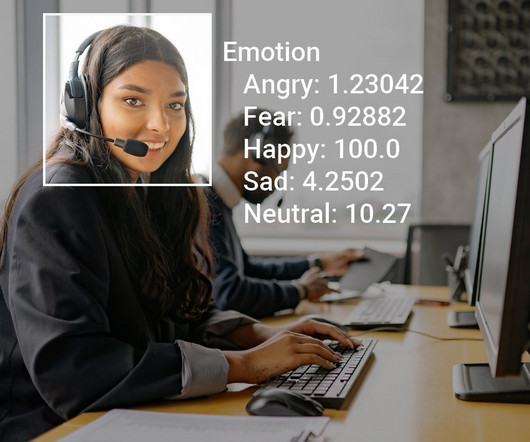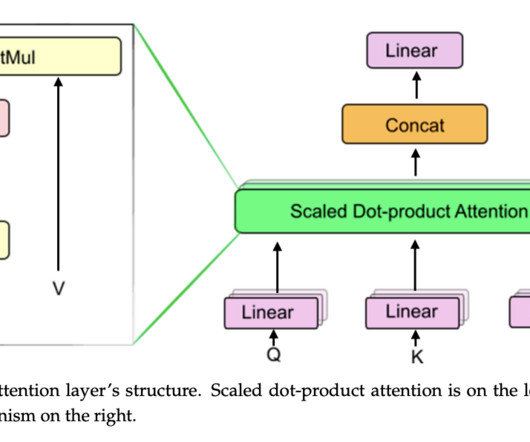Computer Vision in AR and VR – The Complete 2024 Guide
Viso.ai
JANUARY 19, 2024
Computer vision is a main driver, quietly but forcefully directing the smooth transition between the virtual and real worlds. And both of those immersive technologies rely largely on computer vision. Computer Vision (CV) is a fundamental building block that can transform industries and enhance everyday encounters.











Let's personalize your content